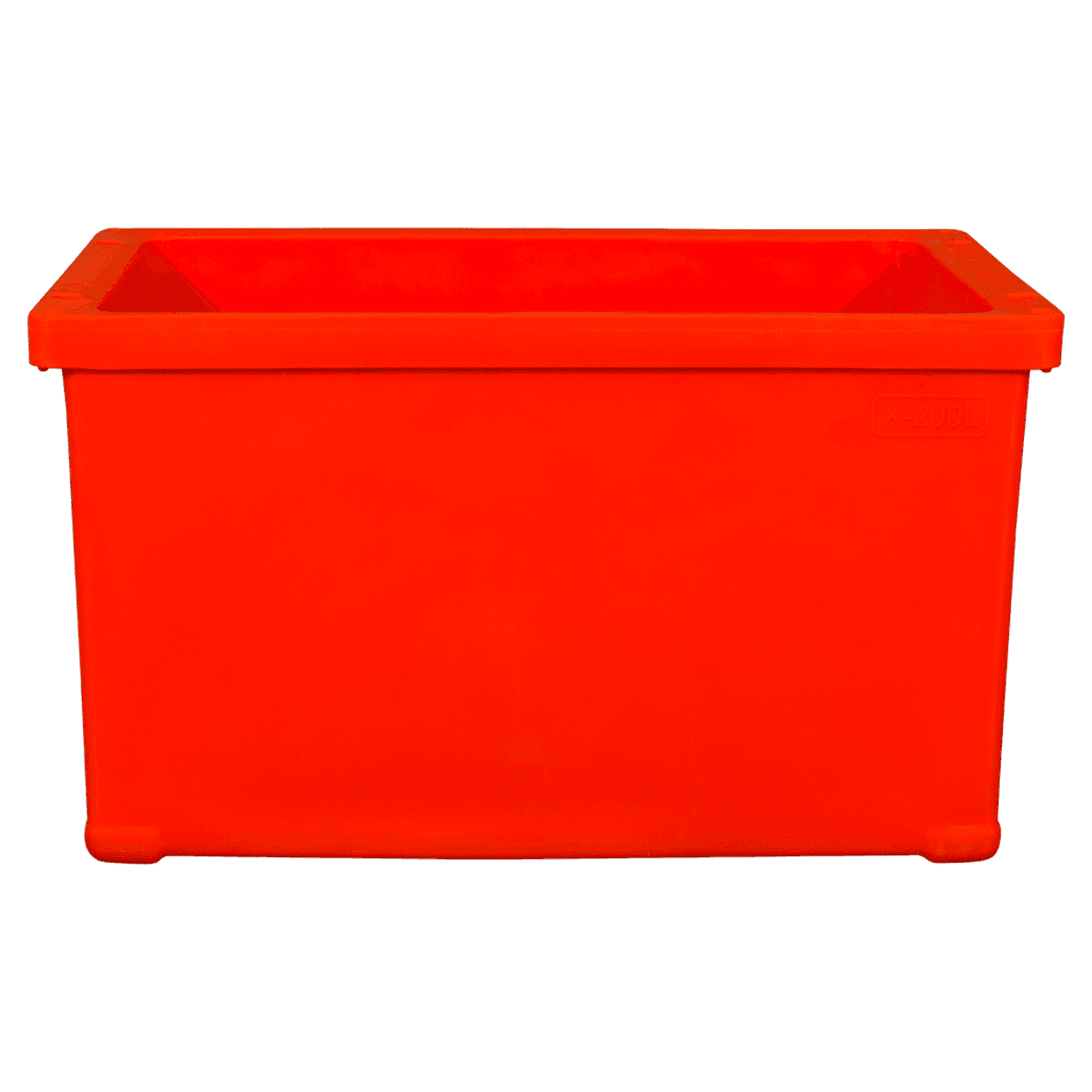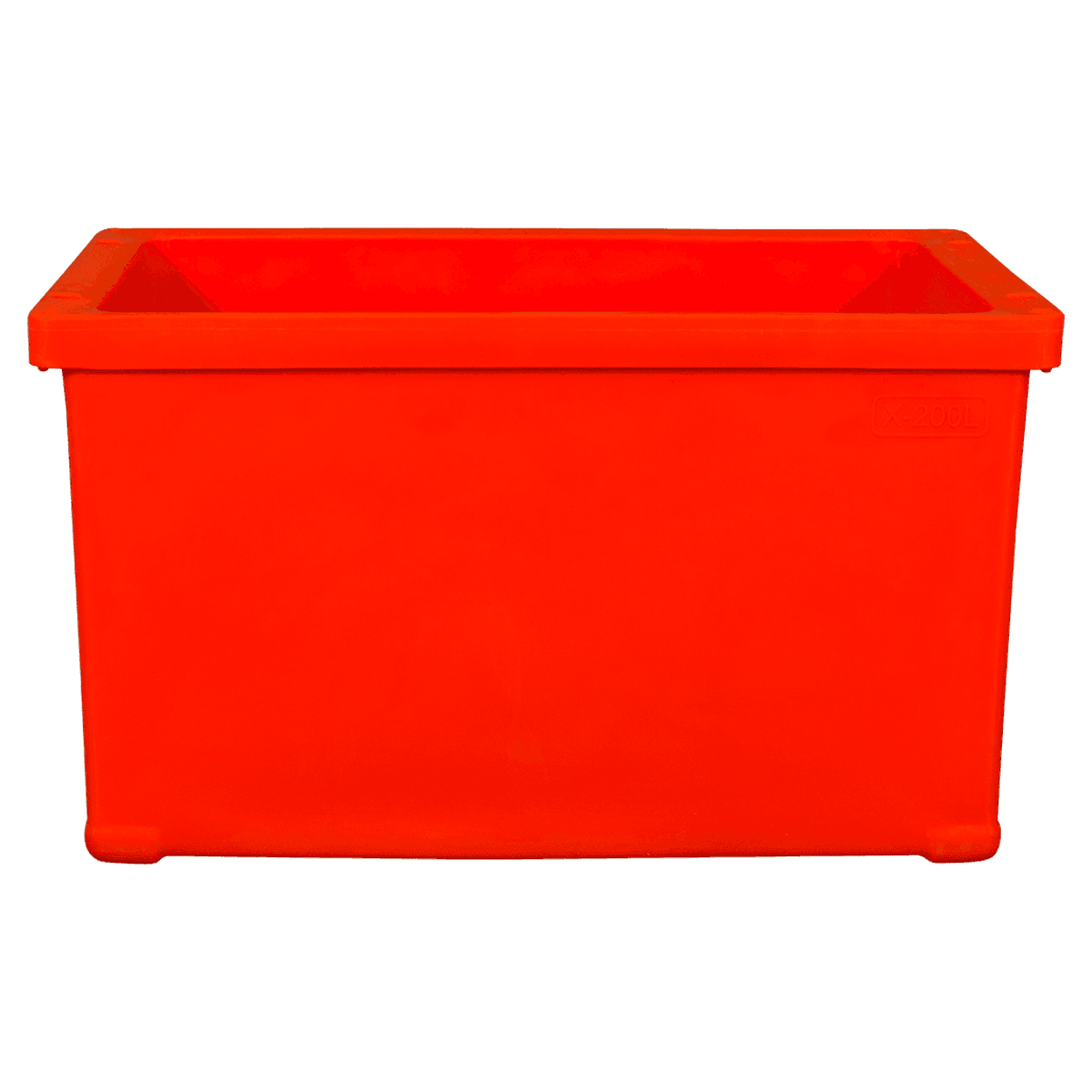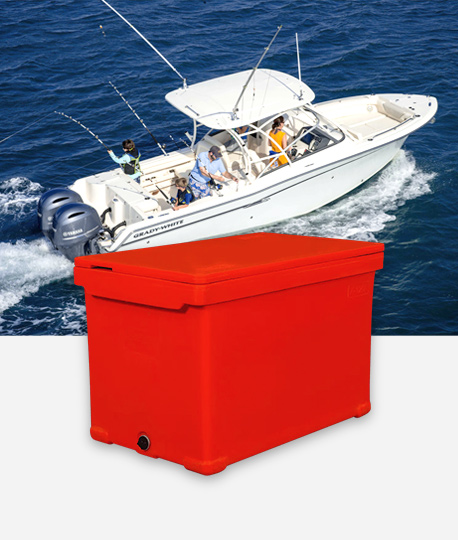To make outdoor coolers more efficient, you first need to pay attention to their performance characteristics in many aspects. From insulation to convenience and even the durable design of the exterior, every detail directly affects the actual use of the cooler. Insulation is one of the most critical characteristics of a cooler. High-quality outdoor coolers usually use thick foam or polyurethane materials as insulation. This design can effectively reduce the impact of the temperature difference between the inside and outside of the box, thereby maintaining a low temperature for a long time. Especially in the hot summer, the thicker the insulation layer of the cooler, the longer the food and drinks can be kept cool. For those who like to camp or travel in the wild for a long time, good insulation means that food can stay fresh and drinks will not get hot quickly, which greatly improves the outdoor experience.
The sealing of the cooler is also very important. A good sealing design can effectively prevent air circulation and cold air from escaping, thereby extending the cold retention time. Many high-end coolers are equipped with airtight seals to ensure that the gap between the lid and the box body is completely closed, so that even when the lid is opened, the cold air will not be lost quickly. The tight fit between the box and the lid is the basis for the efficient operation of a cooler, so it is very important to choose a cooler with good sealing. Durability is another factor that cannot be ignored. Because outdoor activities are often accompanied by harsh environments, coolers need to face the test of high temperature, sun exposure, rain and even rough handling. In order to meet these challenges, the outer shell of the cooler usually uses strong hard materials such as high-density polyethylene, polypropylene or steel, which are not only anti-collision and pressure-resistant, but also effectively resist the damage of ultraviolet rays. In this way, the cooler is not easy to wear when used outdoors and can maintain a good cooling effect. In addition, some coolers also adopt anti-corrosion design to ensure that they can maintain a long service life even in humid or rainy environments.
In terms of design, waterproof and dustproof functions are also key to improving the efficiency of the cooler. During outdoor activities, the cooler will inevitably come into contact with water and dust. If the cooler does not have a good waterproof and dustproof design, the inside may be contaminated by water seepage or dust entering, which may contaminate food and drinks. Waterproof design ensures that the contents of the box remain dry even in rainy or humid environments, while dust-proof design helps prevent dust accumulation inside the box and keep it clean.
Efficient coolers often have ventilation or exhaust systems to help release the temperature difference pressure inside and outside the cooler during long-term use. When the cooler is exposed to heat or high temperature, the ventilation design can help maintain the internal temperature balance and avoid poor sealing due to pressure difference, which affects the insulation effect. The drainage system can quickly drain the water when ice melts or water accumulates, keeping the inside of the cooler dry and preventing food from spoiling.
Portability is also an important factor affecting the efficient use of coolers. Outdoor leisure use cooler box need to be moved frequently during outdoor activities, especially when going to places such as beaches, camping or fishing. A well-designed cooler that is easy to carry can greatly improve the user's comfort. Some coolers are equipped with reinforced handles, or wheels and telescopic handles, which allow users to easily move the cooler from the car to the camp or other destinations. Portable design not only reduces the burden of carrying, but also makes it easier for users to use the cooler in different occasions.
In addition to basic insulation and portability, modern high-efficiency coolers have also made many innovations in functionality. For example, some coolers are designed with multiple compartments and adjustable partitions, so users can store food, drinks and other items in categories as needed. This design not only helps to effectively organize the internal space, but also avoids confusion between items. Some high-end coolers even provide additional features such as bottle openers, additional storage slots, and even small tables, which greatly enhances their versatility and practicality.
Corrosion resistance and high temperature resistance are also important features that cannot be ignored. Outdoor coolers often face extreme environments, including exposure to sunlight, high humidity, and highly corrosive seawater. Therefore, the material of the cooler must have strong corrosion resistance and be able to withstand the erosion of external factors such as salt water, acidic substances and high temperatures. This not only ensures that the appearance and performance of the cooler remain unchanged, but also extends its service life.


 English
English Español
Español عربى
عربى 中文简体
中文简体
-4.png)
-4.png)
-2.png)

-2.png)
-2.png)




